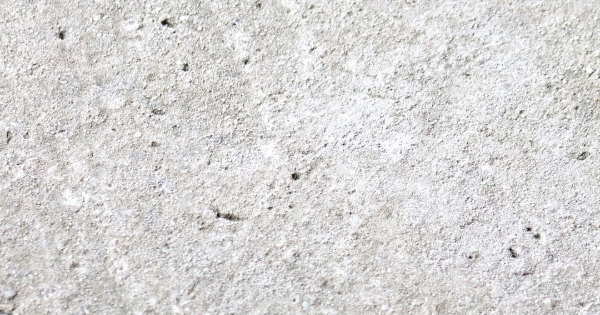There are a number of building materials that have dramatically changed the way people live their lives and the way business is done. Every city and town in the world has needed a lot of concrete to be used. This is one reason that every year, 7 billion cubic meters of it are produced around the globe. As much as it is used, unless you work in the concrete supply business, you may not know much about its history.
It has been around for a long, long time
Most of the marvelous structures we all know about were built from cement. We would not have the Pyramids in Egypt or the Great Wall of China. Evidence of its usage dates back to around 6500 BC. Nabatea traders in areas that are today Jordan AND Syria used it to make cisterns that they put underground, floors, and homes.
It was around 3000 BC that people in Egypt mixed straw with mud to create bricks. Combined with mortars made of lime or gypsum, they built the pyramids. It has been estimated that local concrete suppliers had to deliver nearly 500,000 tons of the materials to build the Great Pyramids of Giza. Over in China, people created their own cement to build the Great Wall.
Rome developed new uses for the building material
While the material had been in use for a long time, the ancient people of Rome found new ways to make use of it. They began widespread use of it in around 600 BC. It became their primary building material by 200 BC. Their version of concrete was a combination of lime, volcanic ash, and seawater. They used wooden molds to build bricks. These were very durable structures. To show how well they were constructed, today a number of structures they built are still standing.
The Roman recipe for the building material disappeared after the empire fell in 476 AD. It was not until 1414 that manuscripts with descriptions of how concrete was made in Rome were unearthed. This discovery led to a renewed interest in using concrete to build structures throughout Europe.
It was not until the late 18th century that advancements were made to cement
John Smeaton moved the building material forward by developing a new way to produce the lime it needed. In 1793, he advanced the process of creating hydraulic lime buy heating limestone that had clay in it until it was transformed into something called “clinker.” Ge ground the clinker into a fine powder. This was the material that was used to build the Eddystone Lighthouse, which is located in Cornwall, England.
Portland cement was invented 31 years later by Joseph Aspdin. He used heat to remove carbon dioxide from chalk that had been ground up into a very fine powder. This new material gets its name from Portland, England where the stone quarries were located.
For a number of years, Portland cement was used primarily for industrial structures. It was not used on a large scale for homes until about 1850. That is Francois Coignet added steel rods, which strengthened the buildings by preventing the exterior walls from detaching from the structure. Then it was really only used for homes in England and France.
Concrete Goes Green in the 2000s
As more and more people around the world began to take environmentalism more seriously, the building materials needed to keep up. The Leadership in Energy and Environmental Design (LEED) was formed to rate buildings, bridges, and other structures on the impact they have on the environment.
LEED is a project undertaken by the United States Green Building Council. This led to the design and manufacture of the country’s first hide rise building for residential use. The Solaire is still open and running well in New York City.
Even three-dimensional printers can use the material
In 2016, the “Office of the Future” was built in Dubai with a three-dimensional printer. This is the first time a high rise office building was manufactured this way. It will not be the last.
Although minor adjustments have been made to concrete in recent years, little has changed fundamentally in what it is. It is a versatile and durable material that has withstood the test of time. From 6500 BC to today, it would be hard to find a longer-lasting building material.



